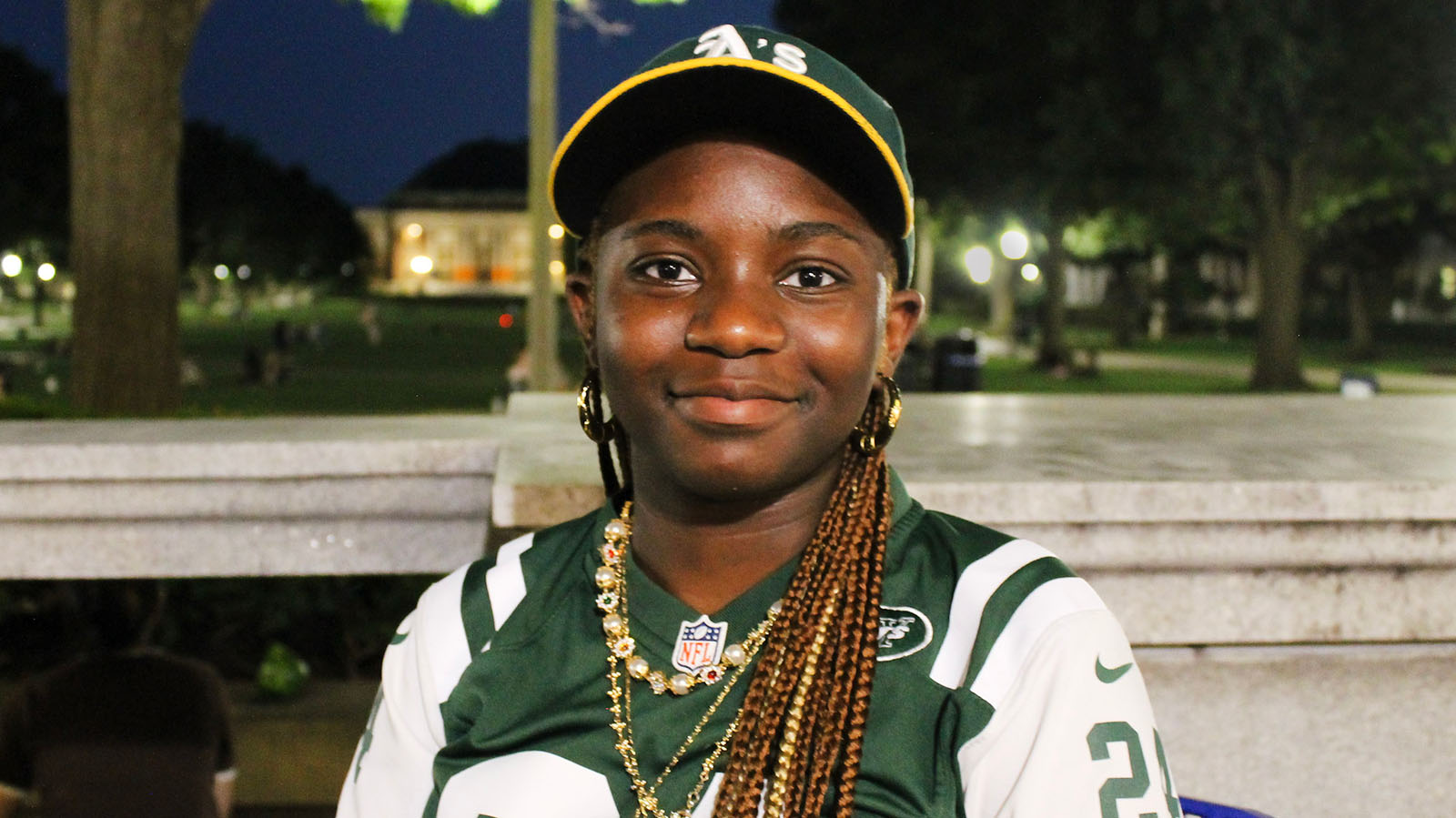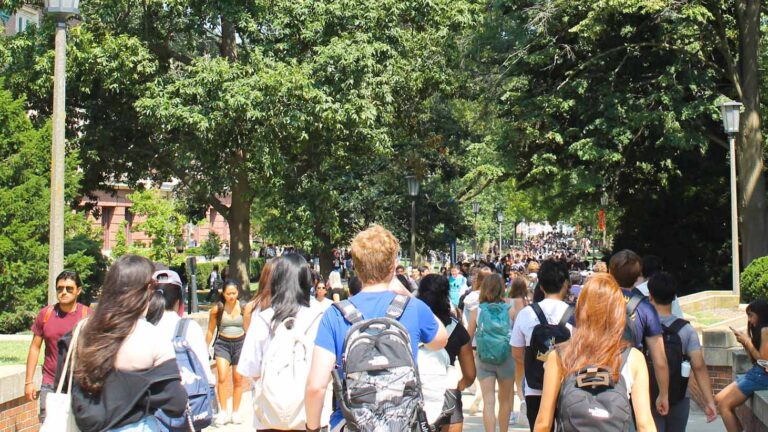URBANA — The University of Illinois published its 10-day enrollment numbers Wednesday.
It’s a first look at how much of an impact the end of affirmative action has on diversity at the University of Illinois in Urbana-Champaign.
“We tried to do a number of things in the wake of the Supreme Court decision to improve our outreach to a wide range of high schools and middle schools,” said U of I Provost John Coleman.
When the U.S. Supreme Court overturned affirmative action last year, universities were banned from using race as a factor in admissions. Some universities, like the Massachusetts Institute of Technology, are seeing a decrease in underrepresented groups this year.
According to U of I Division of Management Information data, the percentages of Hispanic and multiracial freshmen are up, while the percentages of Black, white and Asian students are down.
Together, the percentage of Black, Hispanic and Native freshmen — categorized as “underrepresented minority groups” in university presentations — is up slightly.
The total number of freshmen is also up from previous years, at 9,008.
Coleman said the U of I admissions department is prioritizing other factors in applications instead of race, like the College Board’s Landscape measure, which shows how well-resourced high schools are.
“Unfortunately, there’s a correlation there with communities of color and resource levels of high school, so we can do additional outreach to high schools that are a little less resourced,” he explained on The 21st show.
Plamedie Lubika is a sophomore studying political science. She has not seen a large change in the racial makeup of the freshman class.

“I would say that the makeup of my class was a bit more diverse, but I’m not sure if that plays on the whole affirmative action [thing],” she said.
Other highly competitive schools across the country, like MIT, are seeing a drop in Black and Hispanic students.
Alberta Grinston is a sophomore and astrophysics major. She said even with affirmative action, the small number of Black students on campus makes it easy to feel unwelcome.
“I think making sure that students are aware of the ratios of students and how easy it is to ostracize and basically push out minority students would be a good thing to focus on,” she added.
Grinston also said she has noticed older students blaming affirmative action for why they didn’t initially get into the schools of their choice. Furthermore, she said that she would like to see the university make it clear that they are following up on racist incidents, that they are working to ease tension, and are focusing on programs for minority students.
After the Supreme Court decision, some conservative legal activists have begun suing schools over their diversity and equity initiatives. This summer, the Equal Protection Project filed a complaint with the U.S. Department of Education against 42 scholarships at U of I that aim to exclusively support women, men or any ethnic group.
Emily Hays is a reporter for Illinois Public Media.

